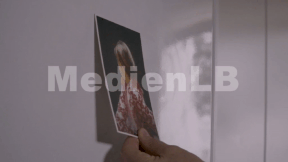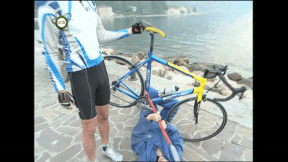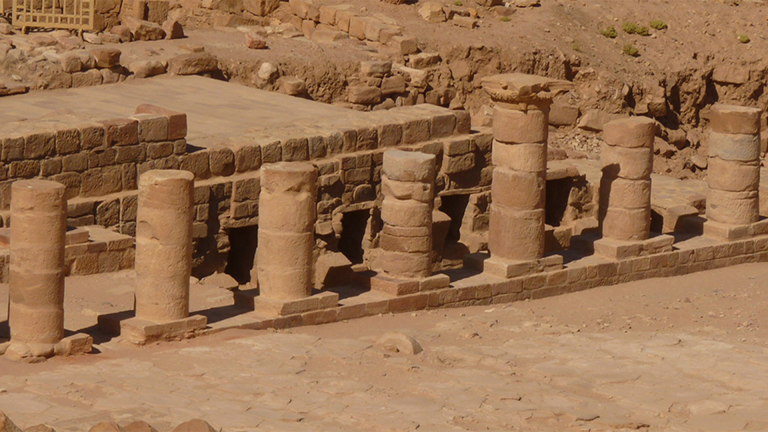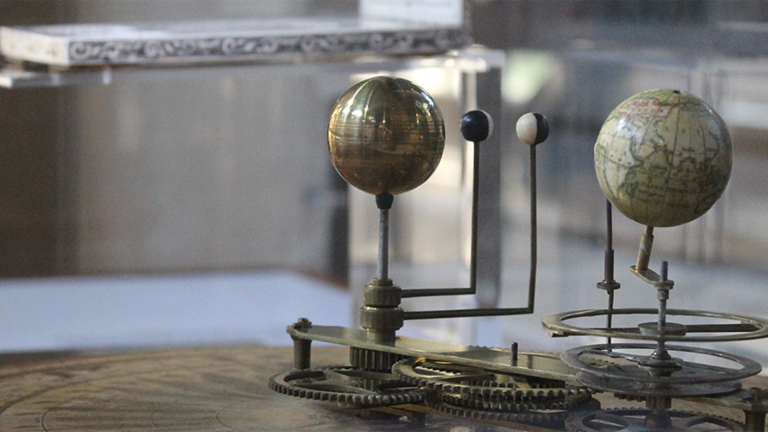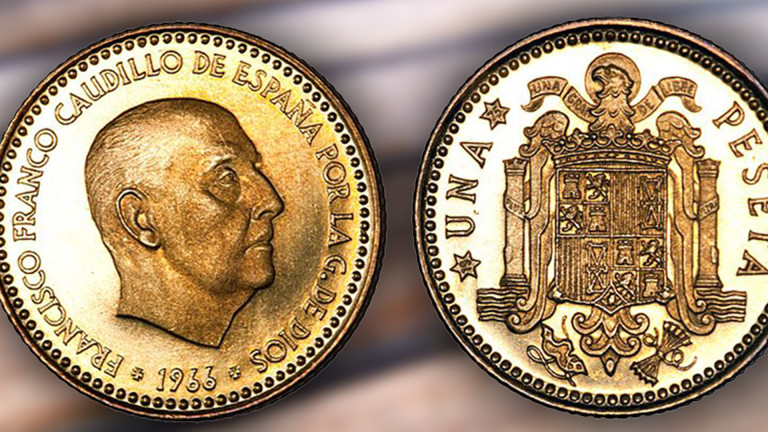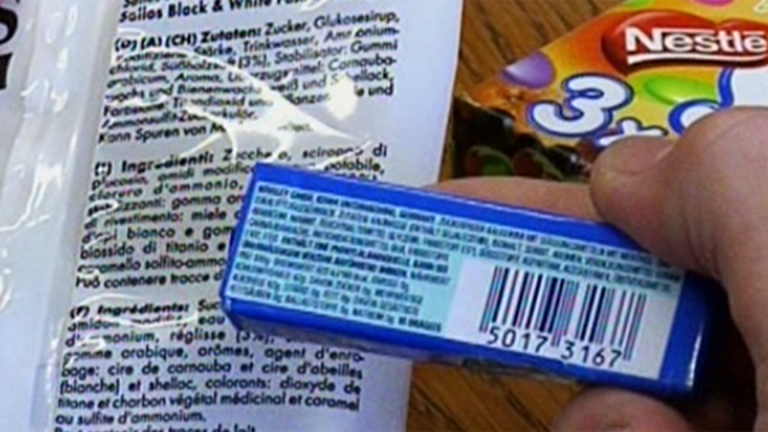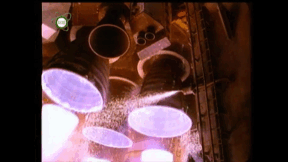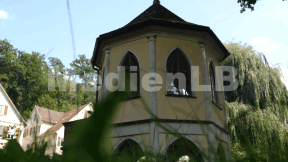Suche:
- # Artistry
- # Biology
- # Chemistry
- # Ecological
- # Economy
- # English
- # Foreign Language
- # Geography
- # German
- # Health
- # History
- # Informatik
- # Latin
- # Mathematics
- # Media Education
- # Music
- # Physics
- # Politics / Civics
- # Preschool
- # Primary School
- # Religion
- # Society
- # Sports
- # Technology
- # Training of Teachers
- # Vocational Education
Magnetism
You cannot smell, see, hear or feel magnetic force itself. So it seems quite magical to us when a metal object can be moved by a magnet through a glass plate as if by an invisible hand, or when we can stick a piece of paper to the refrigerator door with a small magnet.
Learn moreFahrrad
Das Fahrrad ist nicht nur das erste Individualverkehrsmittel gewesen, es ist bis heute auch das preiswerteste geblieben. Fahrradfahren ist zum Lieblingssport der Deutschen geworden. Fero Andersen macht auf dem Rennrad eine Rundtour um den Gardasee. Mit dabei ist ein Fahrradprofi und ein eher untrainierter Mensch – was passiert im Körper der drei Radler? Ist Fahrradfahren wirklich so gesund wie angepriesen und wenn ja, warum? Joey Grit Winkler nimmt mithilfe eines Profis die verschiedenen Fahrradtypen unter die Lupe und erklärt ihre Vorzüge: Rennrad, Mountainbike, Trekkingrad, Cruiser und Co. – für welches Terrain eignen sie sich am besten? Die Redewendung „Das ist wie das Fahrradfahren – das verlernt man nie!“ wird häufig verwendet. Wir gehen der Sache auf den Grund: Welche Fähigkeiten brauchen wir, um Rad zu fahren, und warum verlernen wir es nie? Ein modernes Fahrrad besteht aus Tausenden von Einzelteilen – wir zeigen, wie aufwendig die Produktion der heutigen High-Tech-Fahrräder ist und wie akribisch die Fahrräder getestet werden. Was muss ein Fahrrad alles haben, um in Deutschland eine Straßenzulassung zu erhalten? Außerdem in der Sendung: Wie viel hält ein Fahrradhelm aus? Wie schwer sind Fahrradschlösser zu knacken? Dazu gibt es die besten Tipps von einem Fahrraddoktor, wie man ein Fahrrad schnell und einfach repariert.
Learn moreBatteries
A battery is a portable source of chemical energy, which is converted to electrical energy as soon as the battery is placed in a circuit. The main principle is the same in almost all batteries. A metal that forms the negative terminal is opposite a positive terminal. The positive terminal is also called anode, the negative terminal cathode. Between the two terminals there is an electrically conductive liquid, the so-called electrolyte. As soon as a battery is placed in a circuit, positive and negative terminals are connected via an external contact and electrolysis takes place. On the way, a current flows from anode to cathode
Learn moreArchäologie
Wo der Mensch lebt, hinterlässt er materielle Spuren, die teilweise viele tausend Jahre im Boden erhalten bleiben.
Learn moreGalileo Galilei
Galileo Galilei, ingenious inventor and researcher whose findings changed the whole world.
Learn moreBattle of the Nations
From 16th to 19th October 1813 the allies Austria, Prussia, Russia and Sweden inflicted the decisive defeat on the French army, thus breaking the supremacy of Napoleon over Europe. In the first mass combat in modern times more than half a million soldiers from all parts of Europe fought for the political future and the territorial division of the continent. The Battle of the Nations went down in history as the biggest and bloodiest battle until the First World War. The film tells the story of this crushing blow to Napoleon. With exciting footage, filmed during the historical re-enactment of the Battle on the occasion of its 200th anniversary, and numerous interviews history is brought to life again. Together with the extensive teaching material in the data section the DVD is perfectly suited for use in the classroom.
Learn moreDictatorships in the 20th Century VI
Francisco Paulino Hermenegildo Teódulo Franco y Bahamonde Salgado Pardo is born in El Ferrol (Galicia) on 4th December 1892.
Learn moreSolutions, Emulsions and Mixtures of Substances
Be it milk in a cereal bowl, tea in a glass or the air around us. We constantly come across mixtures of substances in our everyday lives. As the name suggests, they are mixtures – mixtures of several so-called pure substances.
Learn moreGummi
Heutzutage einen Industriezweig zu finden, der ohne Gummi auskommt, ist denkbar schwierig. In dieser Folge gehen Joey Grit Winkler und Fero Andersen der Frage nach: Was ist Gummi eigentlich und wie wird er hergestellt?
Learn moreHermann Hesse
Hermann Hesse, (1877 -1962) war ein deutsch-schweizerischer Schriftsteller, Dichter und Maler. Er war Zeit seines Lebens ein Suchender. Nicht nur sein großes dichterisches Werk, das ihm 1946 den Nobelpreis einbrachte, auch sein Lebenslauf legt Zeugnis davon ab.
Learn moreFascination Lime
Many products used in everyday life are impossible without lime. These are, among others, glass, sugar, paper as well as pharmaceutical and cosmetic products. The raw material is also indispensable in the construction materials industry. Iron and steel producers need limestone, in environmental protection it is used, for example, for air cleaning and drinking water purification.
Learn morePlastik in unserem Alltag
Plastik hat sich in den vergangenen Jahrzehnten in unserer Umgebung stark ausgebreitet. So stark, dass wir es mit der Nahrung aufnehmen und es sich bereits im Urin von Kindergartenkindern nachweisen lässt.
Learn more




